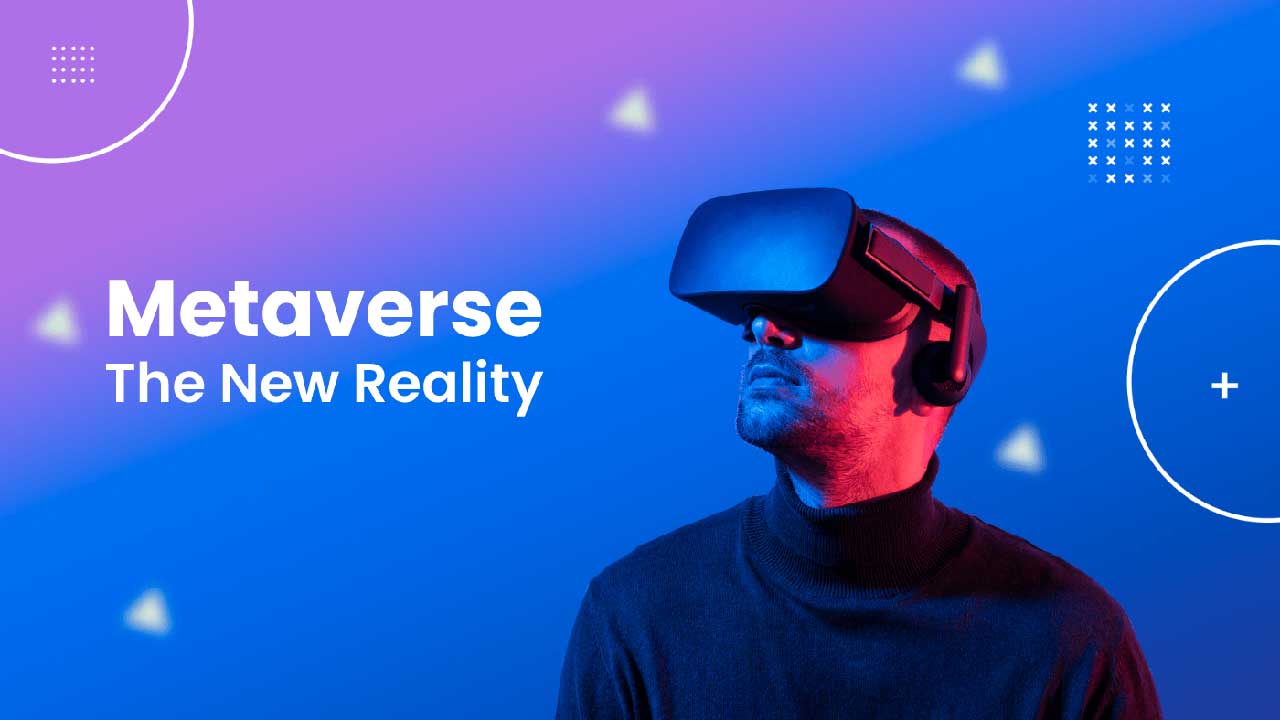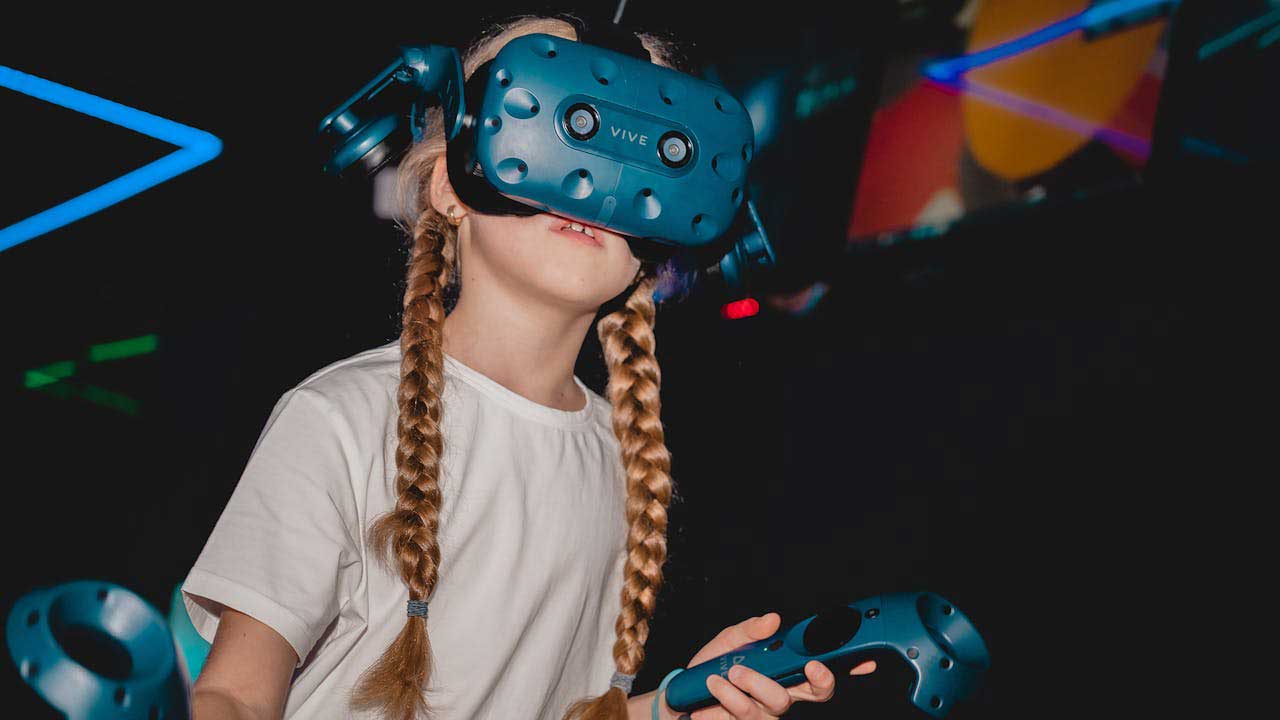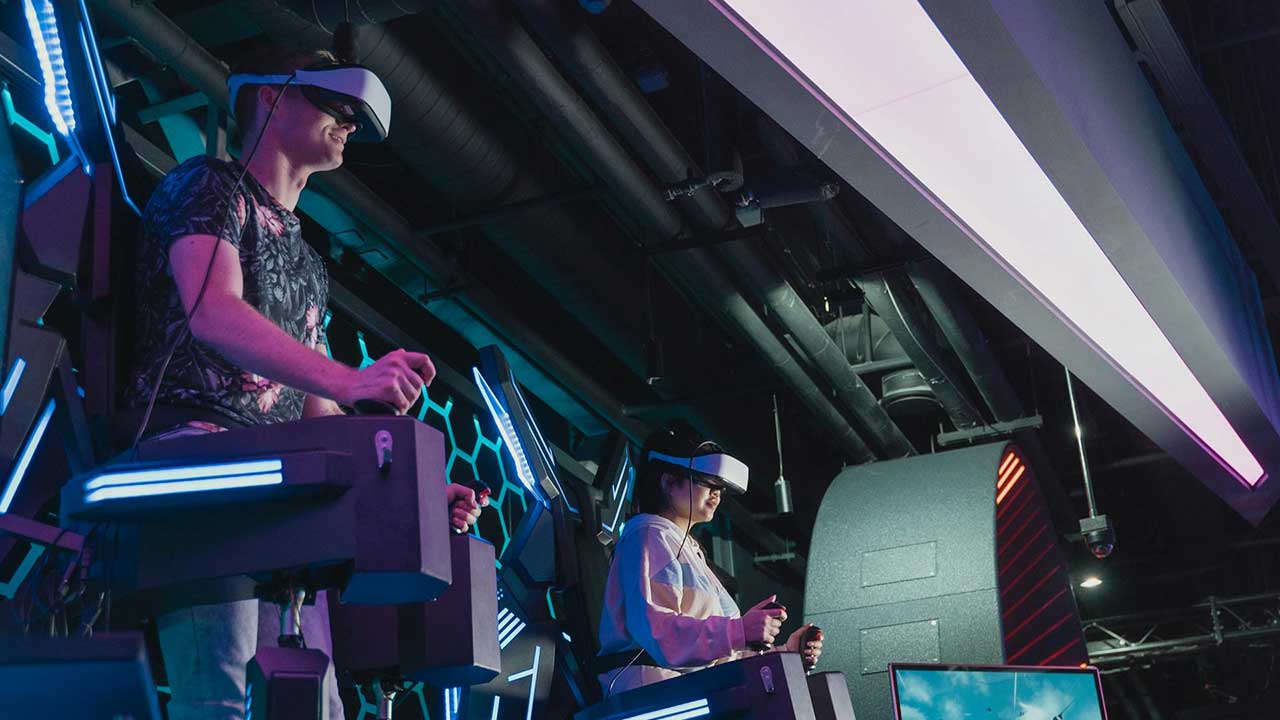As virtual reality (VR) technologies become increasingly immersive, the allure of spending extended periods in digital environments grows stronger. While these virtual worlds offer unprecedented experiences, they also come with hidden psychological, physical, and economic costs that users may not immediately recognize.
Psychological Impacts of Prolonged VR Use
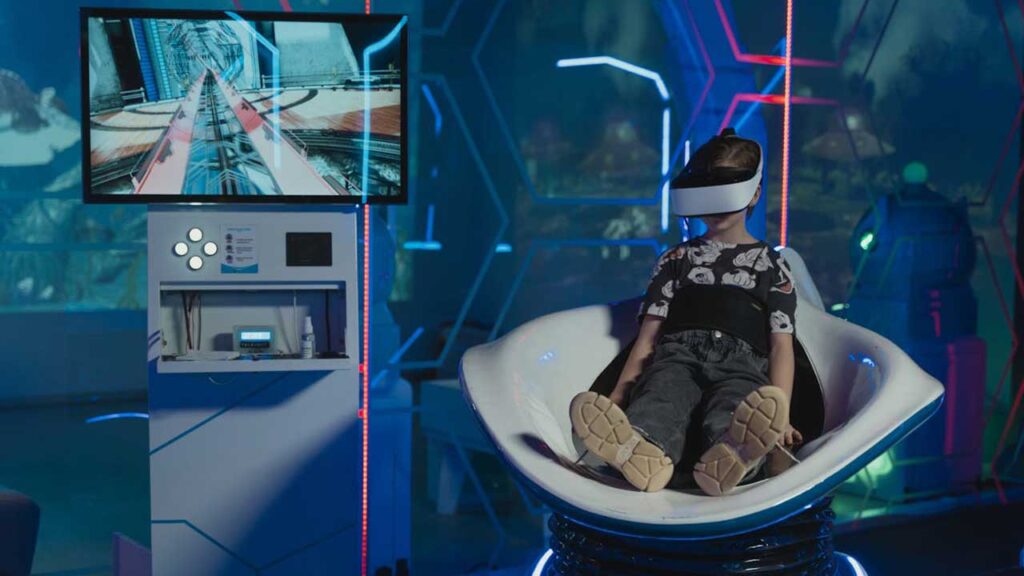
Extended immersion in VR can lead to a range of psychological effects. Research indicates that high levels of involvement in social VR games by socially isolated users with low self-esteem can negatively affect their well-being. This includes increased feelings of depression and a decrease in real-world social interactions. Frontiers in Psychology highlights these concerns, emphasizing the need for balanced VR engagement.
Physical Health Considerations

Beyond psychological effects, VR usage can also impact physical health. Users have reported symptoms such as headaches, eye strain, and dizziness after prolonged sessions. These symptoms are often linked to the VR illusion, where the eyes focus on perceived distant objects that are actually close to the display. Nature Social Sciences discusses these physical side effects, underscoring the importance of moderation and regular breaks during VR use.
Economic Implications of Virtual Living

Engaging extensively in virtual worlds can also have economic consequences. The Bank of Canada Museum notes that modern, complex video games can teach gamers about decision-making and financial literacy, but they also mirror real-world economies, leading to significant time and money investments. Bank of Canada Museum explores how these virtual economies can reflect today’s economic realities, potentially leading users to prioritize virtual achievements over real-world financial responsibilities.
Navigating the Virtual Frontier

While VR offers transformative experiences, it’s essential to remain cognizant of its potential hidden costs. Balancing virtual engagements with real-world responsibilities and well-being is crucial. As we continue to explore the possibilities of digital realms, understanding and mitigating these hidden costs will be vital for sustainable and healthy integration of VR into our daily lives.
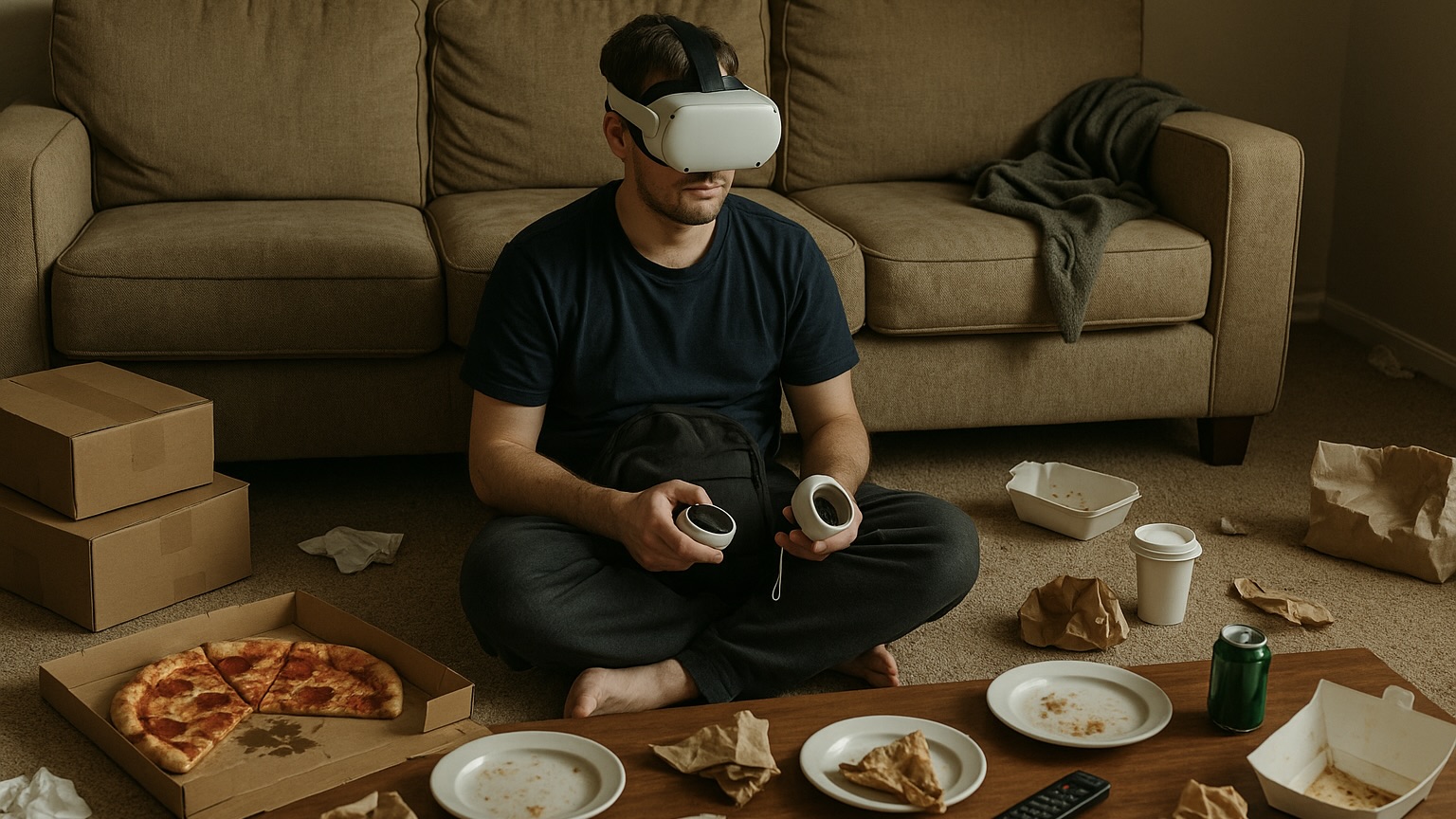

 By
By

